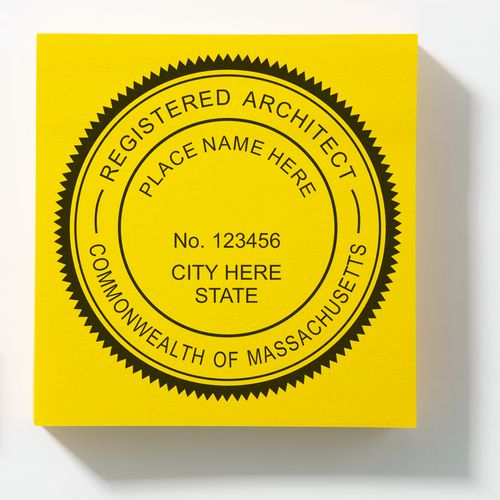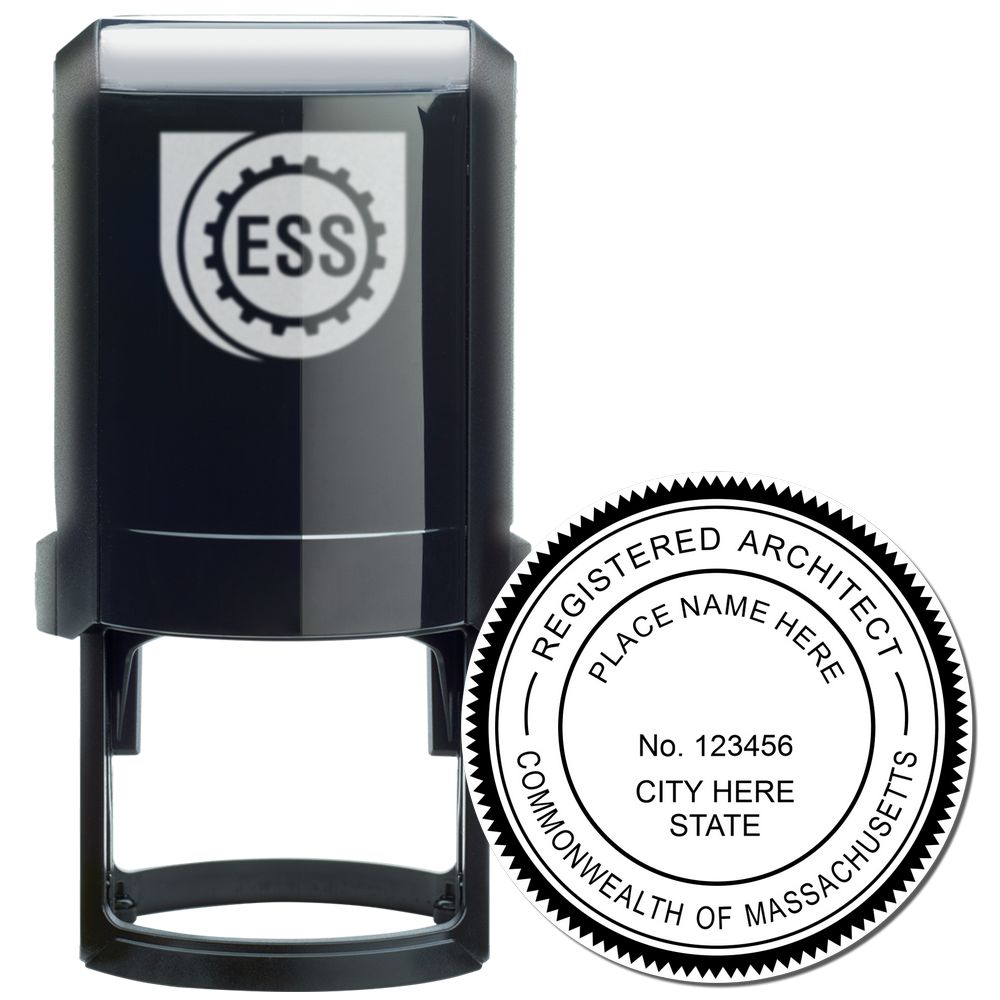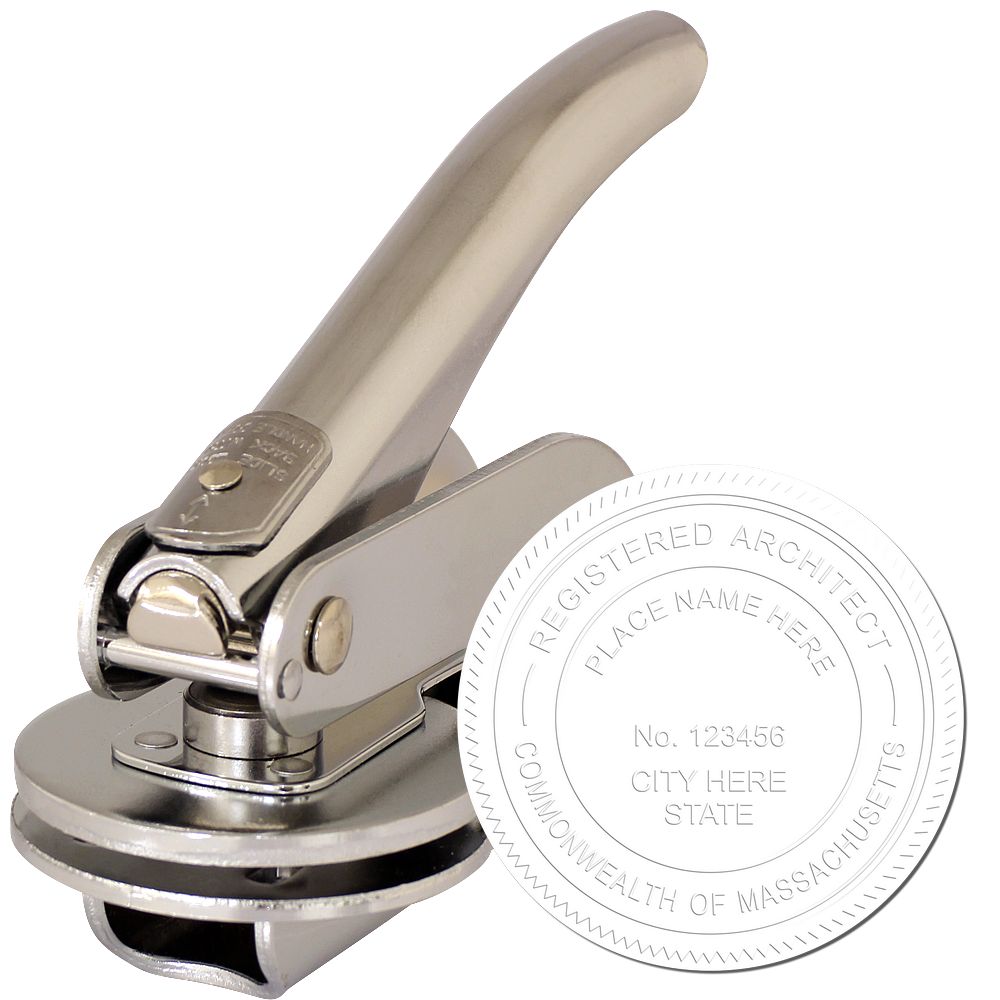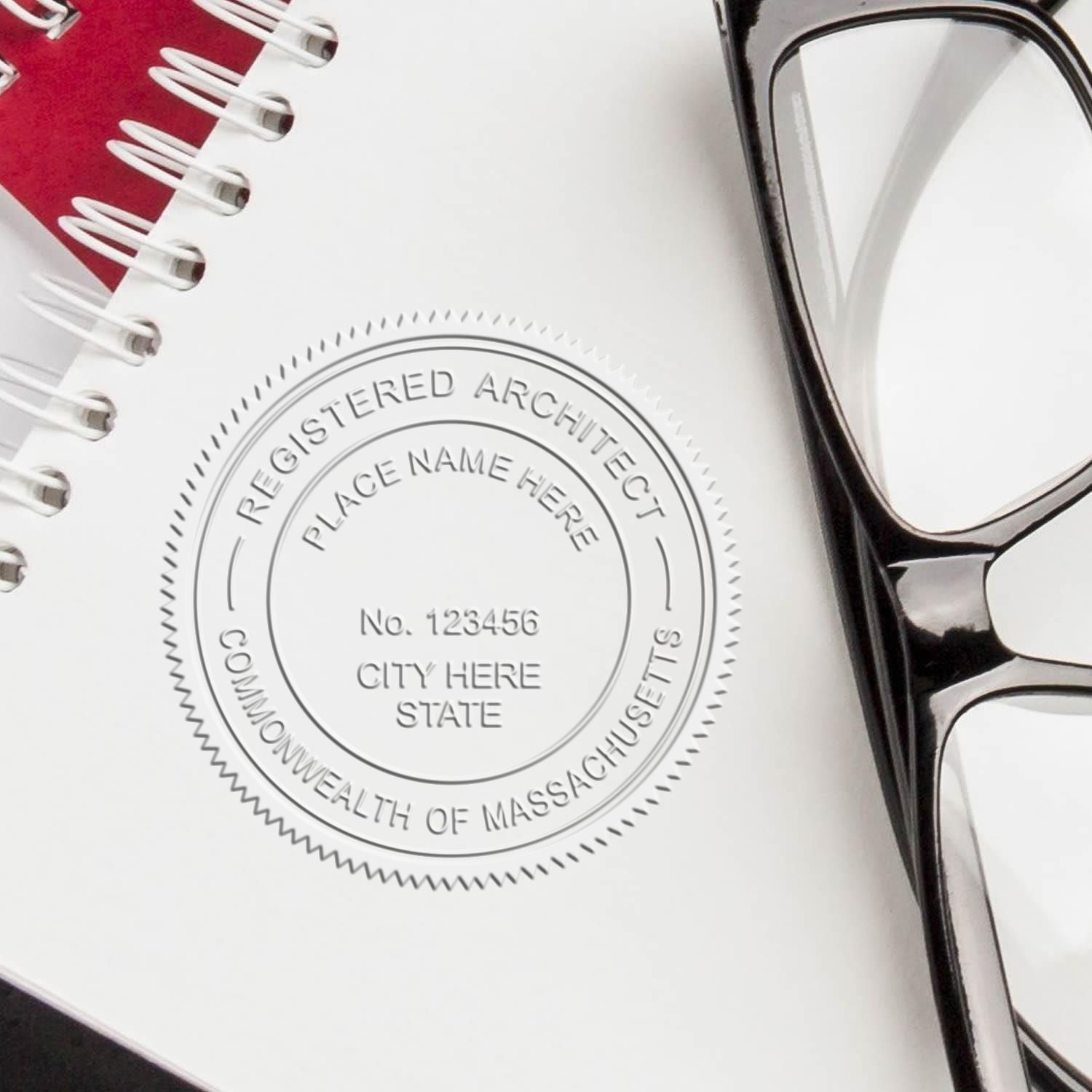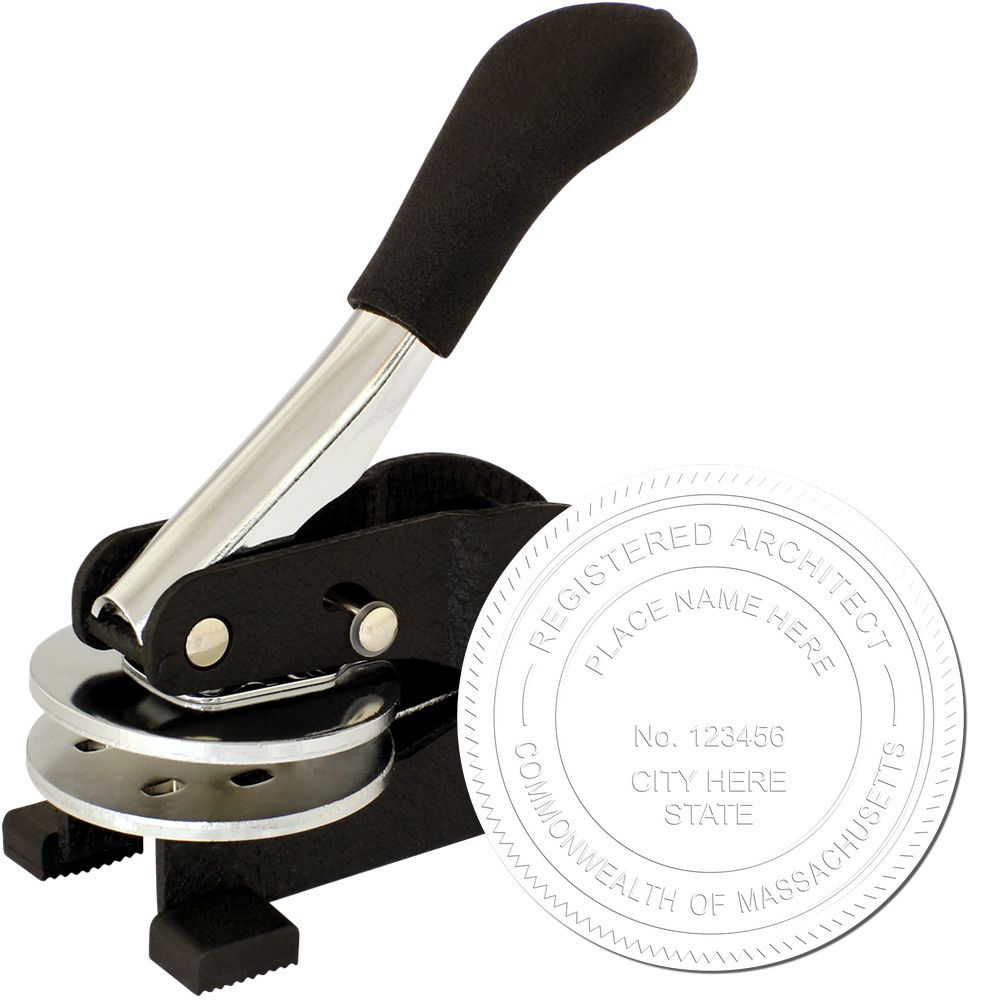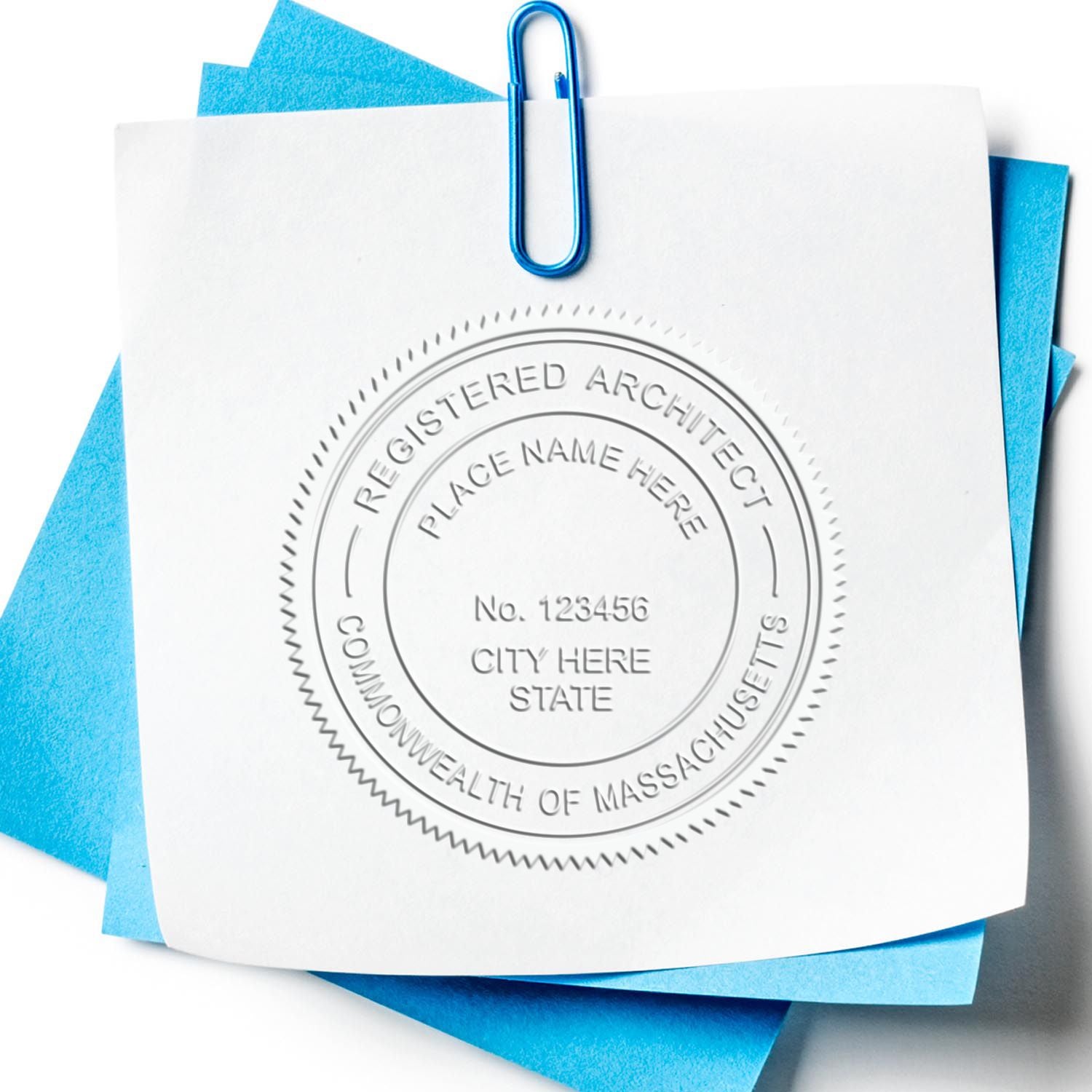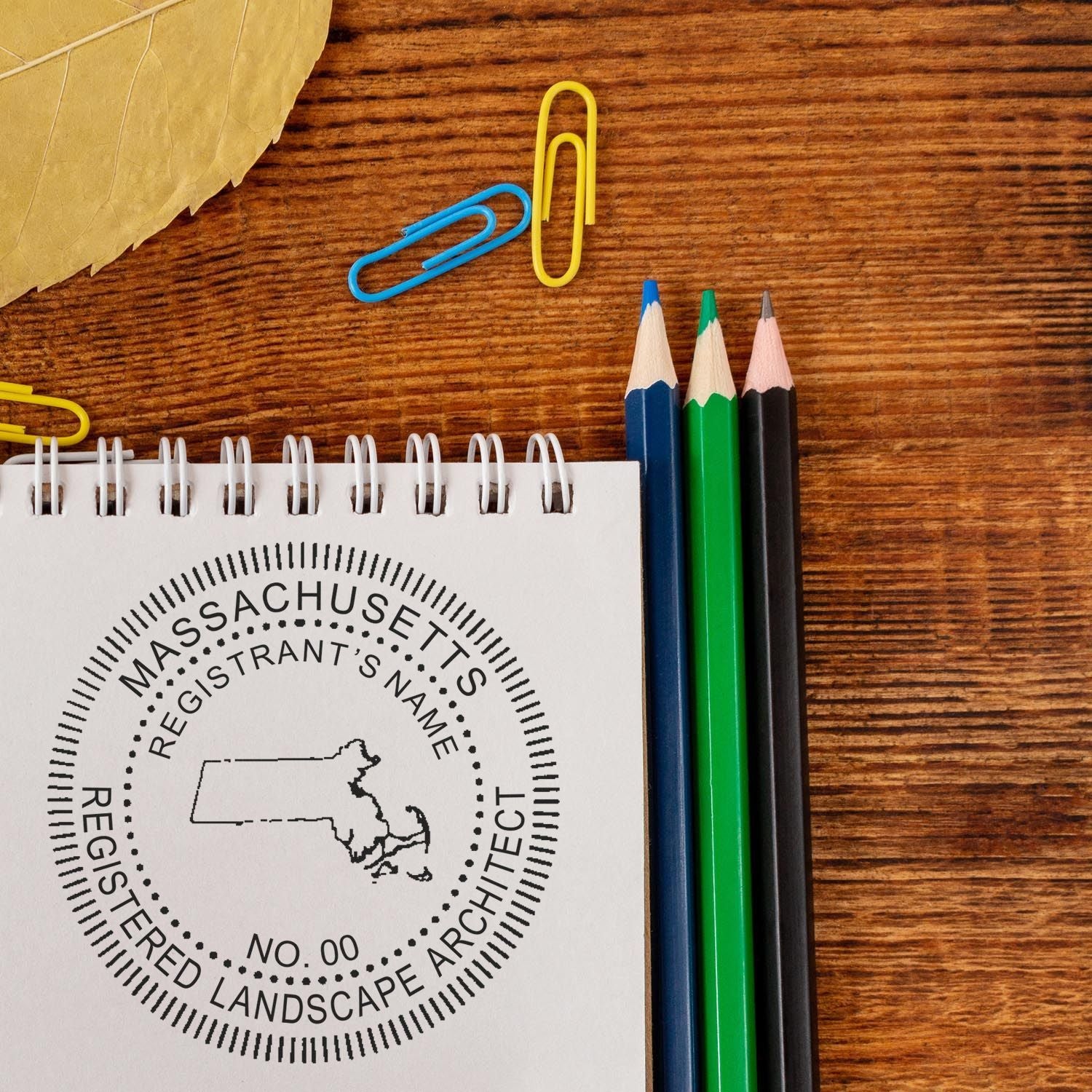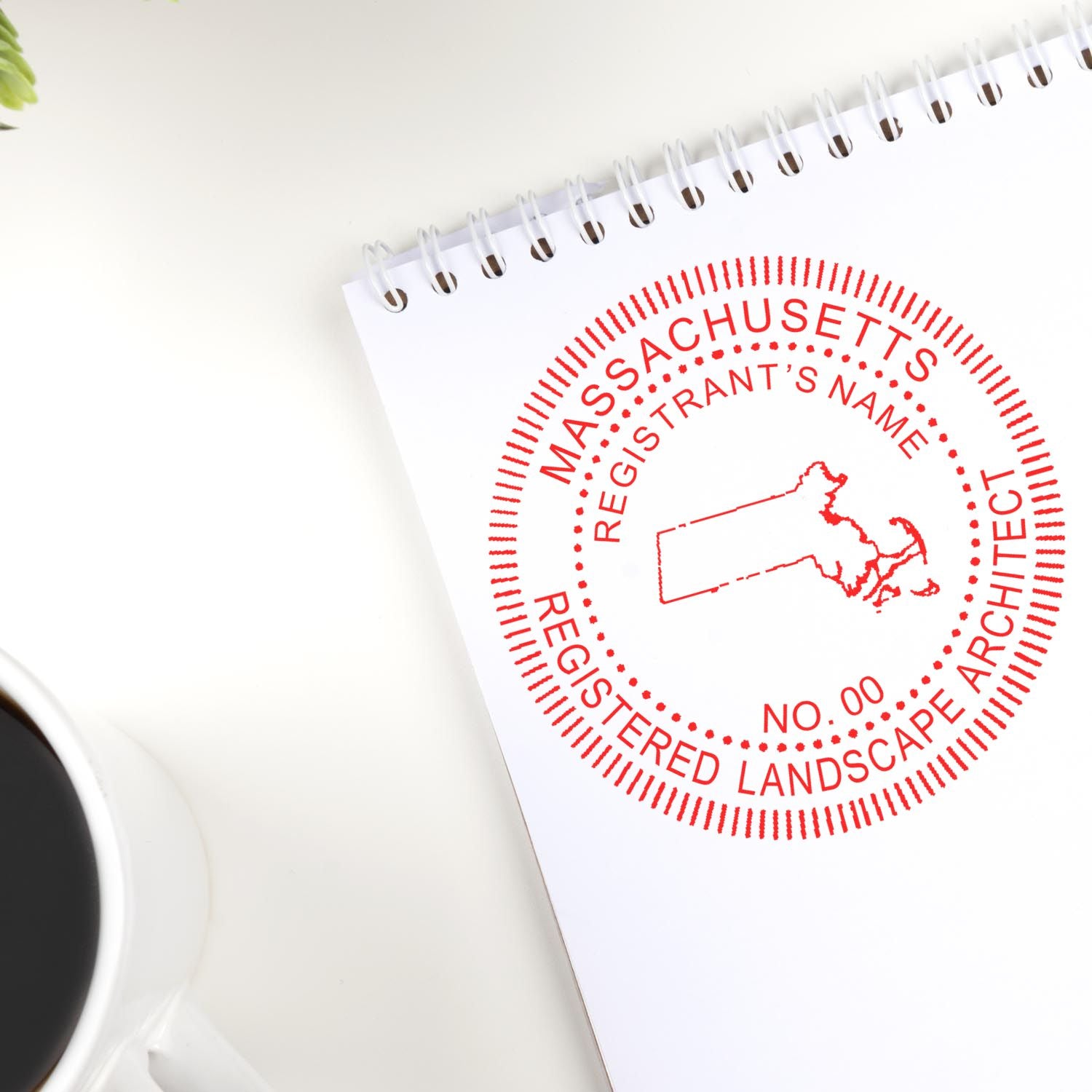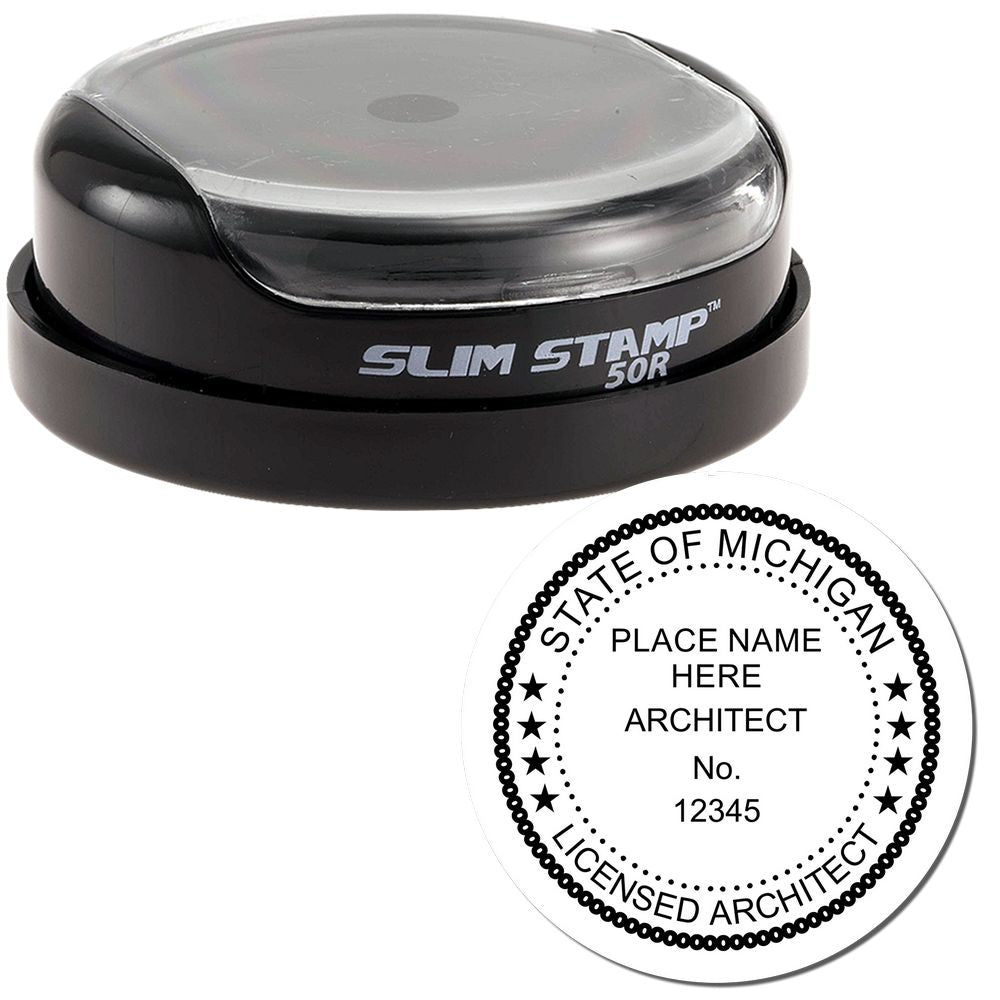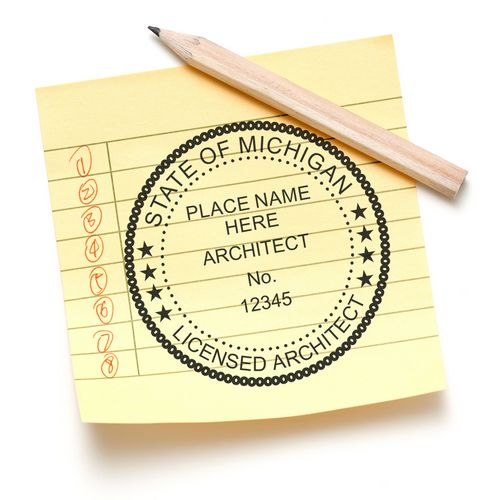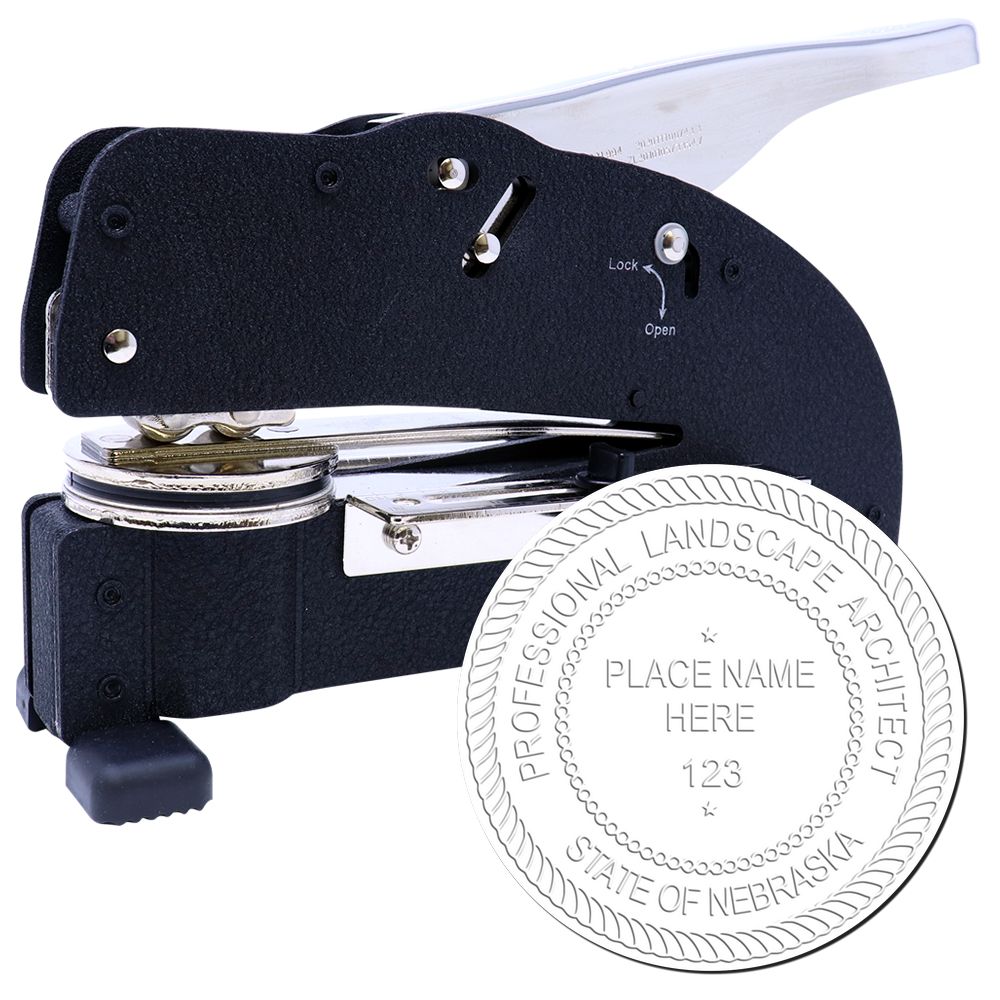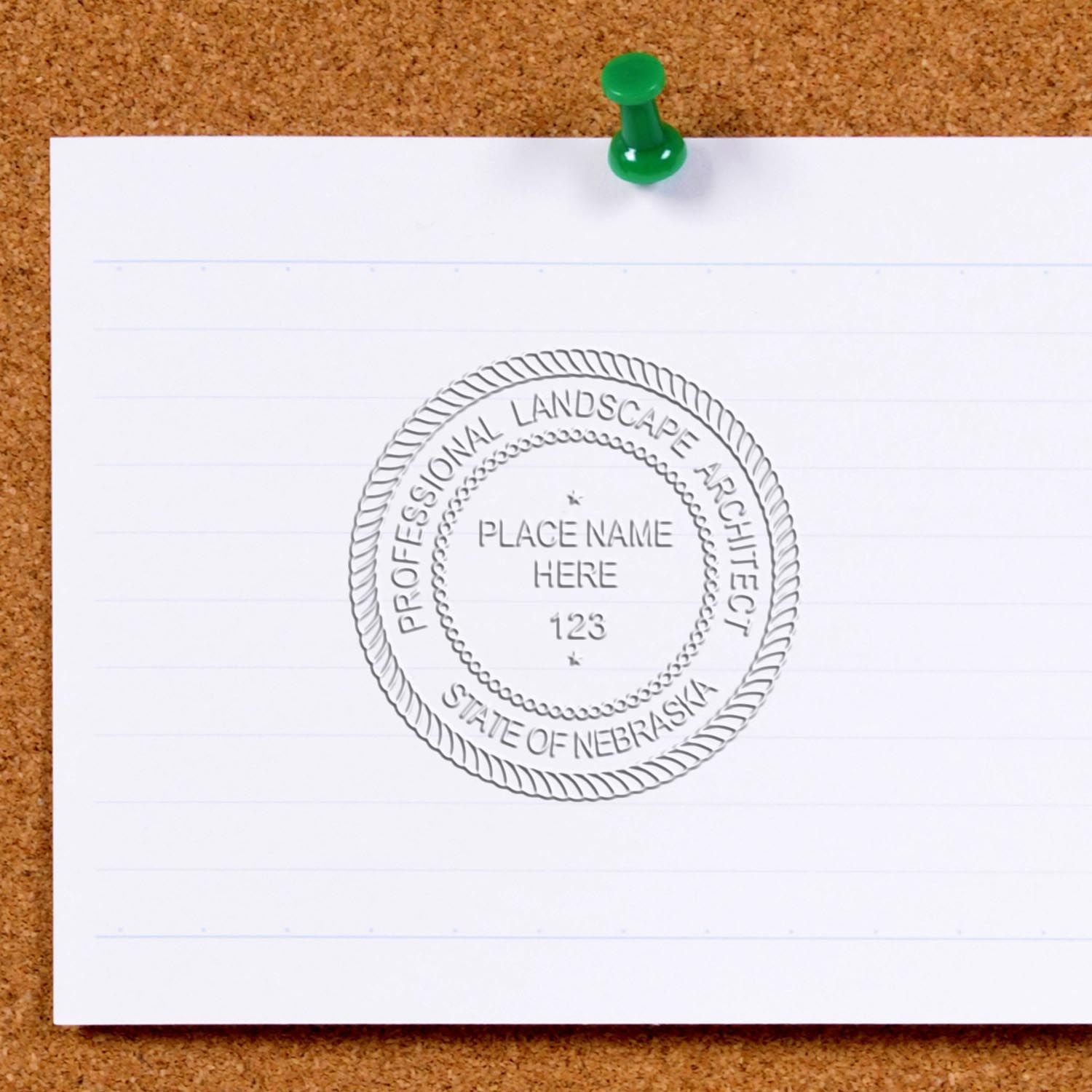The Importance of Architect Seals
Architect seals play a crucial role in the field of architecture, providing authentication and certification of important documents. In Massachusetts, architect seals hold significant importance due to the legal requirements and regulations surrounding their use.
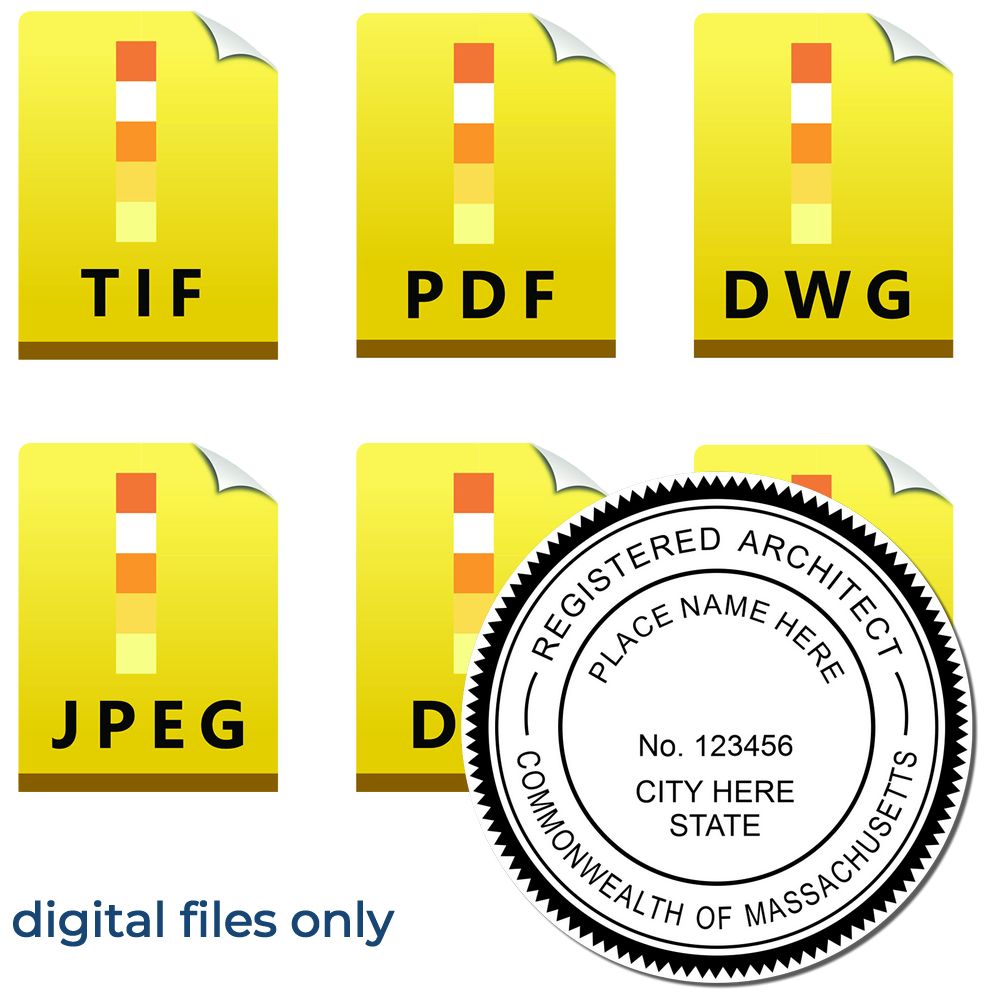
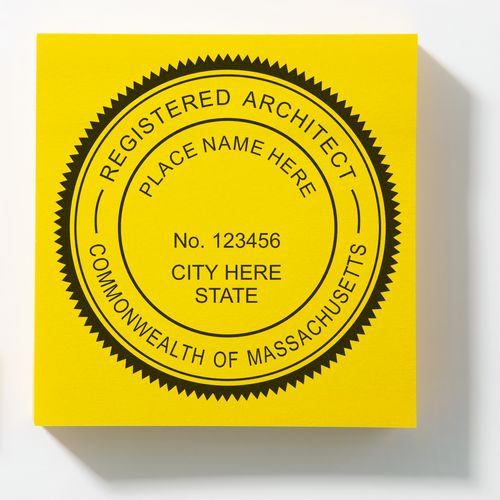

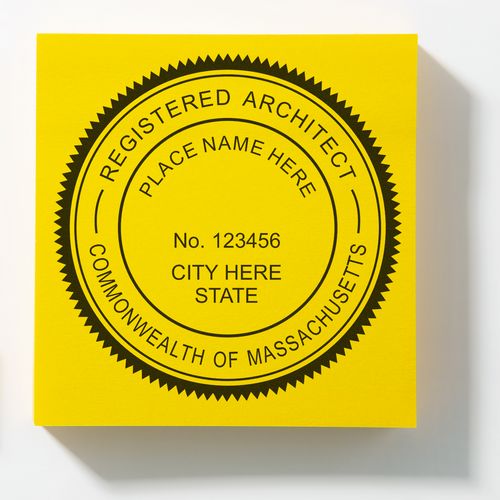
Understanding Architect Seals and Stamps
Architect seals, also known as architect stamps, are official imprints used by architects to validate their work and certify its authenticity. These seals typically contain the architect's name, license number, and the state in which they are registered. When applied to architectural drawings, plans, or specifications, architect seals indicate that the documents have been prepared by a licensed architect and comply with the necessary regulations.
Architect stamps serve as a symbol of expertise, professionalism, and accountability within the architectural community. They provide assurance to clients, building officials, and other stakeholders that the architectural plans and documents have been reviewed and approved by a licensed architect.
The Role of Architect Seals in Massachusetts
In Massachusetts, architect seals are not only a professional requirement but also a legal necessity. The Massachusetts Board of Registration of Architects mandates the use of architect seals on architectural drawings and documents. These seals signify that the architect responsible for the project is duly licensed and authorized to practice architecture in the state.
Architect seals in Massachusetts are governed by specific regulations and guidelines, ensuring that architects adhere to professional standards and ethical practices. The design and size of the seal, as well as the information it contains, must comply with the guidelines set forth by the board. For more information on the Massachusetts architect seal requirements, refer to our article on massachusetts architect seal requirements.
Architects in Massachusetts must prioritize the proper use and maintenance of their architect seals to ensure their validity and legibility. The Massachusetts architect stamp guidelines outline the specific requirements for the design, size, and placement of the seal on architectural documents. Understanding and adhering to these guidelines is essential to meet the legal requirements and to maintain the integrity and professionalism associated with architect seals in Massachusetts.
By utilizing architect seals in their work, architects in Massachusetts demonstrate their commitment to upholding professional standards and ensuring the safety, functionality, and compliance of their architectural designs. It is crucial for architects to familiarize themselves with the relevant regulations and guidelines to make informed decisions regarding the use and design of their architect seals.
Massachusetts Architect Seal Requirements
Architects in Massachusetts are required to adhere to specific regulations when it comes to using architect seals. These requirements ensure that architectural documents are properly authenticated and meet the necessary standards. Let's explore the legal requirements for architect seals in Massachusetts and the importance of using a properly registered seal.
Legal Requirements for Architect Seals in Massachusetts
In Massachusetts, architects are required by law to affix their seal on various architectural documents, including plans, drawings, specifications, and reports. The architect seal serves as an official certification, indicating that the documents have been prepared and approved by a licensed architect.
To comply with the legal requirements, architect seals in Massachusetts must meet certain specifications. The seal should include the architect's full name, license number, and the words "Registered Architect" or "Architect." The design of the seal may vary, but it must be clear and legible. For more detailed guidelines on the design and requirements of architect seals in Massachusetts, refer to our article on massachusetts architect stamp guidelines.
It's important for architects in Massachusetts to stay updated on any changes or updates to the architect seal regulations. This ensures that they are in compliance with the current standards and requirements. For more information on the specific regulations and guidelines for architect seals in Massachusetts, visit our article on massachusetts architect seal regulations.
The Importance of Using a Properly Registered Seal
Using a properly registered architect seal is of utmost importance for architects in Massachusetts. It serves as a professional endorsement and provides assurance to clients, contractors, and regulatory bodies that the architectural documents have been reviewed and approved by a licensed architect.
By affixing a registered architect seal, architects in Massachusetts demonstrate their commitment to upholding the highest standards of professionalism and competence. It signifies that they are accountable for the accuracy and integrity of the architectural work they produce.
Moreover, using a properly registered seal ensures that the documents are legally valid and enforceable. It helps protect the interests of both the architect and the client, providing a clear chain of responsibility and accountability.
Architects in Massachusetts should be mindful of the requirements and guidelines for their architect seals. Failure to comply with the regulations may result in legal consequences and can undermine the credibility and reputation of the architect.
When it comes to obtaining a registered architect seal in Massachusetts, architects can consult with authorized vendors who specialize in producing architect seals that meet the state's requirements. To learn more about acquiring Massachusetts architect stamps, please refer to our article on massachusetts architect stamps.
By understanding and adhering to the legal requirements for architect seals in Massachusetts, architects can ensure the integrity, authenticity, and legal validity of their architectural documents.
Types of Architect Seals
When it comes to architect seals, there are several types available, each with its own unique features and benefits. In this section, we will explore three common types of architect seals: traditional handheld seals, self-inking seals, and electronic seals.
Traditional Handheld Seals
Traditional handheld seals are the classic choice for architects. These seals consist of a metal or wooden handle attached to a custom-made embossing die. To use a traditional handheld seal, you press the die onto the paper, creating a raised impression of the architect's seal.
One of the advantages of traditional handheld seals is their aesthetic appeal. The embossed impression adds a touch of elegance and professionalism to architectural drawings, blueprints, and other documents. Additionally, traditional handheld seals do not require any ink, making them a cost-effective and environmentally-friendly option.
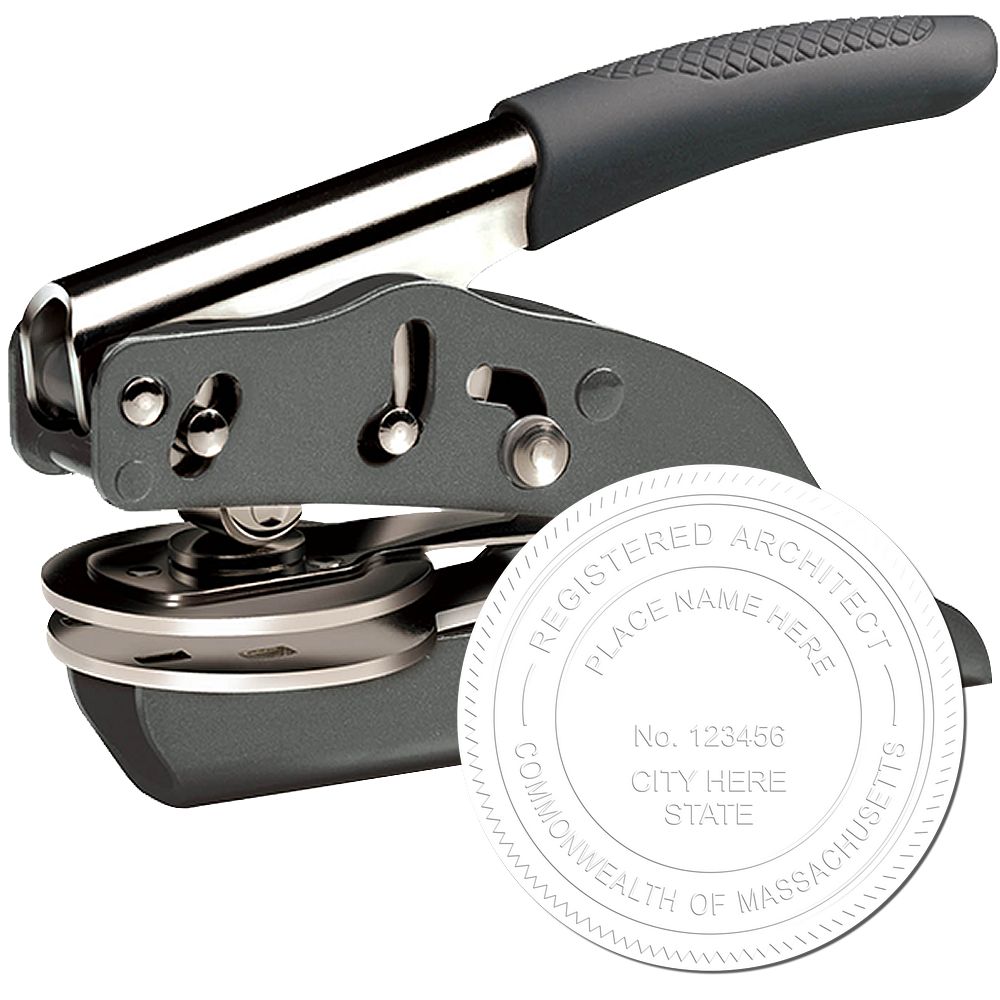


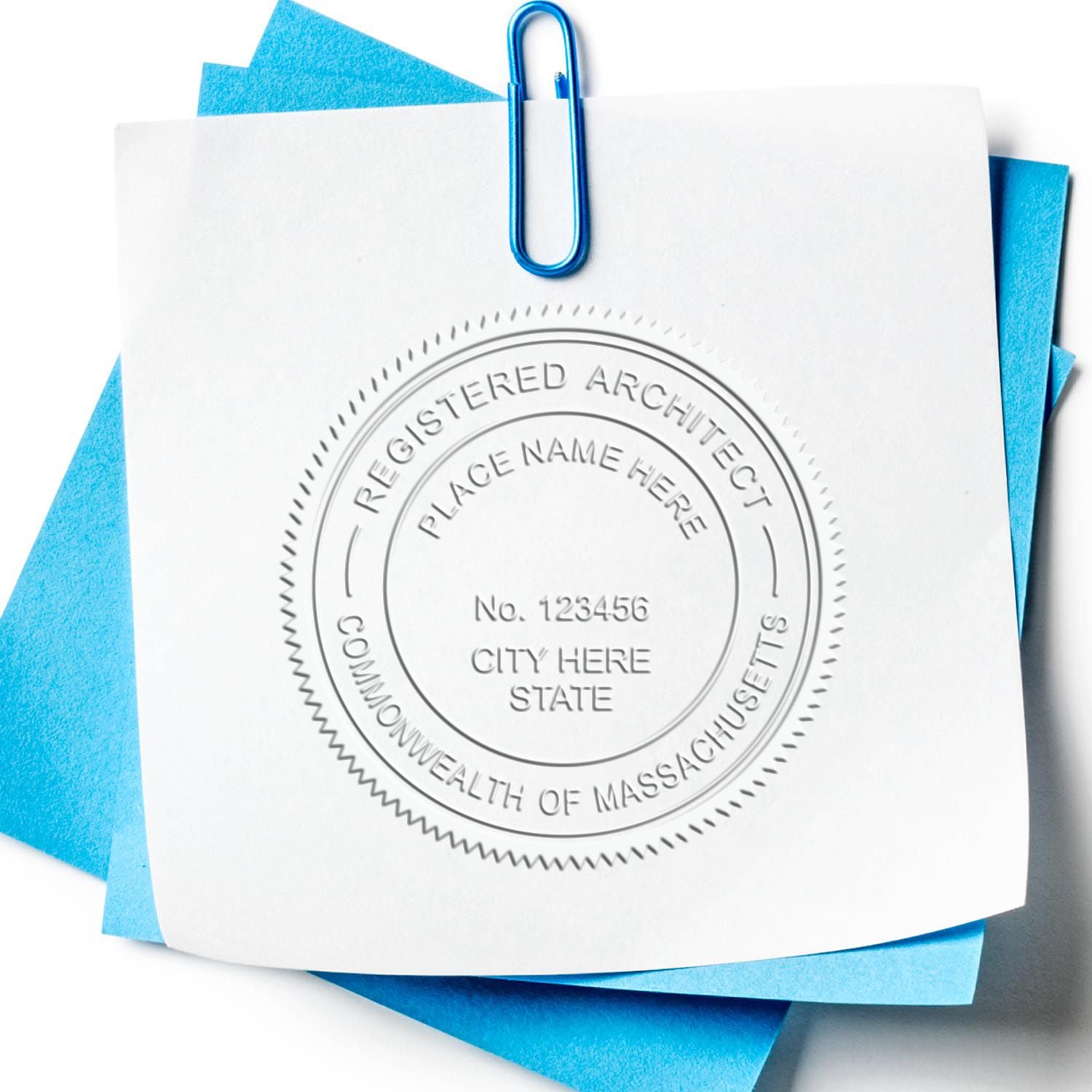
Self-Inking Seals
Self-inking seals offer convenience and efficiency to architects. These seals have an integrated ink pad, which automatically applies ink to the die with each impression. To use a self-inking seal, you simply press down on the seal, and it leaves a clean, crisp, and inked impression of the architect's seal on the paper.
The main advantage of self-inking seals is their ease of use. With no need for a separate ink pad, architects can quickly and effortlessly stamp their documents. Self-inking seals also provide consistent ink coverage, ensuring legibility and quality impressions every time.
Electronic Seals
In the digital age, electronic seals have become increasingly popular among architects. These seals utilize digital signatures and encryption technology to authenticate documents electronically. Electronic seals are often used for digital plans, drawings, and other electronic files.
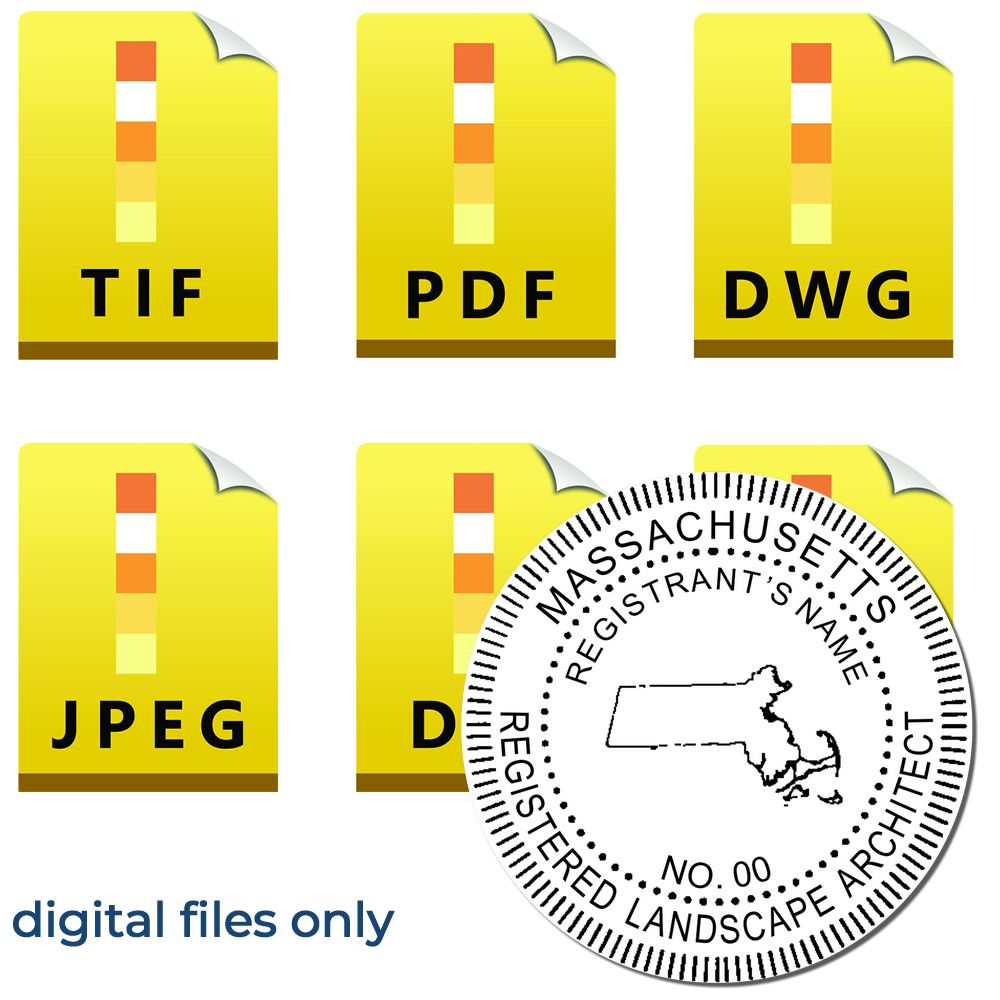

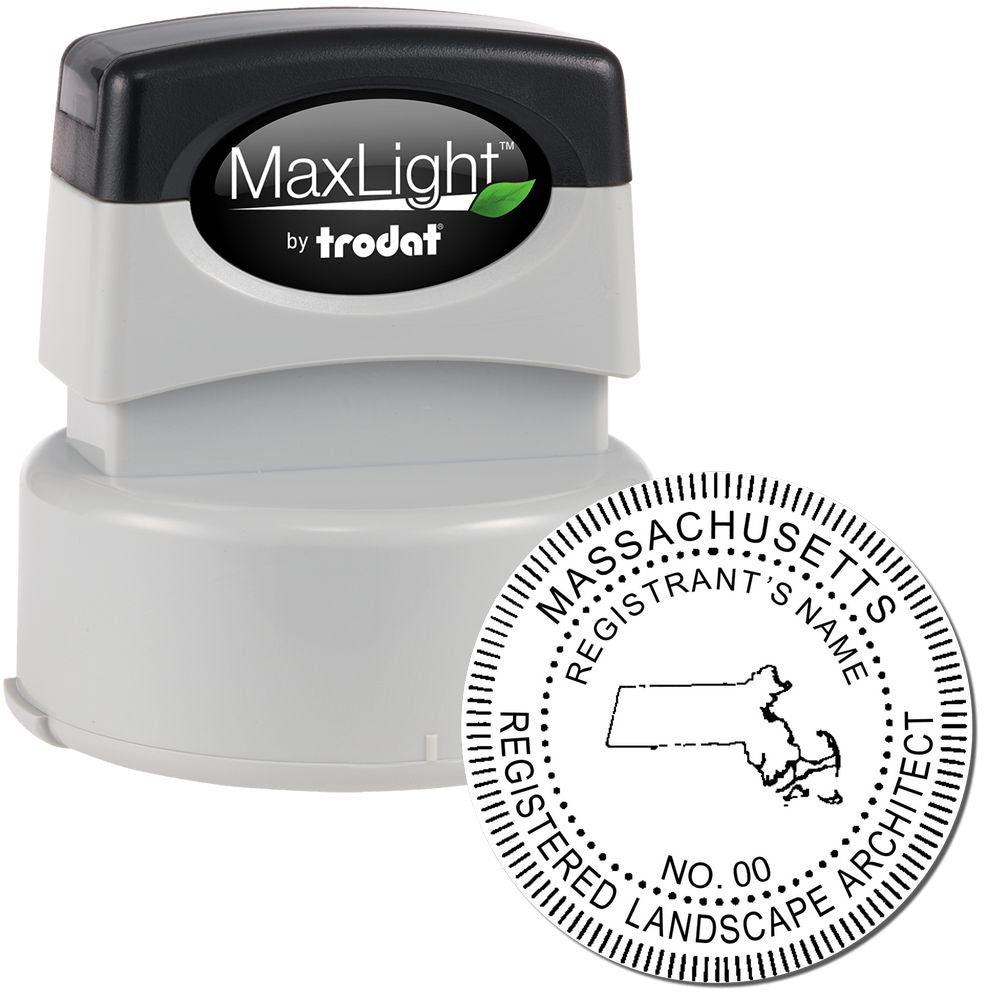

The main advantage of electronic seals is their efficiency in the digital workflow. Architects can apply electronic seals to their files with a few simple clicks, eliminating the need for physical seals and paper documentation. Electronic seals also offer enhanced security measures, ensuring the integrity and authenticity of the digital documents.
When choosing the right architect seal, architects should consider factors such as their specific needs, preferences, and the legal requirements in Massachusetts. It's important to select a seal that meets the Massachusetts architect seal requirements and complies with the Massachusetts architect stamp guidelines. For more information on Massachusetts architect stamps, visit our article on Massachusetts architect stamps.
Architects can find a variety of architect seals, including traditional handheld seals, self-inking seals, and electronic seals, at reputable suppliers of architect stamps. It's important to purchase architect seals from trusted sources that provide high-quality products. For information on where to purchase architect seals in Massachusetts, refer to our article on Massachusetts architect stamps. By choosing the right architect seal and caring for it properly, architects can ensure the quality and legibility of their professional documents.
Choosing the Right Architect Seal
When it comes to selecting an architect seal, there are several factors to consider. The right architect seal not only ensures compliance with Massachusetts regulations but also reflects your professionalism and attention to detail. Let's explore the key factors to consider when selecting an architect seal and where you can purchase one in Massachusetts.
Factors to Consider When Selecting an Architect Seal
- Design and Size: The design and size of your architect seal should adhere to the guidelines set forth by the Massachusetts Board of Registration of Architects. It's important to choose a seal that meets the required specifications, including the inclusion of your name, registration number, and the phrase "Registered Architect."
- Quality and Durability: Opt for a high-quality architect seal that is built to last. Look for seals made from durable materials like metal or high-density plastic. A well-constructed seal will ensure clear and legible impressions, allowing your seal to be easily recognized and accepted.
- Ease of Use: Consider the ease of use when selecting an architect seal. Traditional handheld seals require manual operation and the use of separate ink pads, while self-inking seals offer convenience with built-in ink cartridges. Electronic seals provide a digital solution, eliminating the need for physical stamps altogether.
- Longevity and Reusability: Choose an architect seal that can be easily re-inked or refilled, ensuring its longevity and reusability. This not only saves you money in the long run but also reduces waste.
Where to Purchase Architect Seals in Massachusetts
When it comes to purchasing architect seals in Massachusetts, it's important to choose a reputable and reliable supplier. Look for companies that specialize in architectural supplies and have a good track record of providing quality products.
One option is to explore online suppliers that offer a wide range of architect seals. These suppliers often provide detailed information about the products they offer, making it easier for you to find the seal that meets your specific needs. Check out our article on Massachusetts architect stamps for more information.
Additionally, you may consider local art supply stores or specialty stationery stores that carry architect seals. These establishments may offer personalized assistance and allow you to physically examine the seals before making a purchase.
Remember, it's essential to ensure that the supplier you choose complies with the Massachusetts architect seal requirements and produces seals that meet the necessary regulations. For more information on Massachusetts architect seal regulations, you can refer to our article on Massachusetts architect seal requirements.
By carefully considering the factors mentioned above and choosing a reputable supplier, you can confidently select the right architect seal that meets your professional needs as an architect in Massachusetts.
Caring for Your Architect Seal
Proper maintenance and storage of your architect seal are crucial to ensure its longevity and the quality of the impressions it makes. By following a few simple guidelines, you can keep your seal in excellent condition and ensure legible and high-quality impressions every time.
Proper Maintenance and Storage
To maintain the effectiveness of your architect seal, it's important to keep it clean and free from any debris or ink buildup. After each use, gently wipe the seal with a soft, lint-free cloth to remove any excess ink. Avoid using harsh chemicals or abrasive materials, as they can damage the seal's surface.
When not in use, store your architect seal in a protective case or pouch to prevent it from getting scratched or damaged. This will also help keep it free from dust and dirt, ensuring that the impressions remain clear and professional.
Additionally, it's recommended to store your architect seal in a cool and dry place, away from direct sunlight or extreme temperatures. Exposure to heat or moisture can warp the seal's components, compromising its functionality and overall quality.
Ensuring Legibility and Quality Impressions
Achieving legible and high-quality impressions with your architect seal requires attention to detail and proper technique. Here are a few tips to help you maximize the effectiveness of your seal:
- Apply even pressure: When using your architect seal, ensure that you apply even pressure throughout the entire impression. This will help create a clear and uniform seal without any smudging or inconsistent lines.
- Use the right ink: Selecting the appropriate ink for your architect seal is essential for achieving quality impressions. Consult the guidelines provided by your local regulatory authority or professional organization to ensure you use the recommended ink color and type.
- Check for ink coverage: Before applying the seal to a document, check that the ink coverage on the seal is adequate. Insufficient ink can result in faint or incomplete impressions. If necessary, re-ink your seal to ensure a consistent and legible impression.
- Inspect the seal: Regularly inspect your architect seal for any signs of wear or damage. If you notice any cracks, chips, or other issues, consider replacing the seal to maintain the integrity of your professional stamps.
By taking proper care of your architect seal and following these maintenance and usage tips, you can ensure that your seal remains in optimal condition, producing clear and professional impressions.
For more information on Massachusetts-specific requirements for architect seals, including design guidelines and regulations, refer to our article on massachusetts architect seal requirements.
About ESS
At Engineer Seal Stamps, we are rooted in a commitment to excellence, we specialize in crafting custom rubber stamps and premium professional seals. Our intricate designs are not just mere impressions; they are the emblem of precision, meeting the stringent standards approved by the state board. At ESS, we understand the urgency of today's fast-paced world, which is why we prioritize swift shipping without compromising on the quality and finesse of our products. When you choose ESS, you're not just getting a stamp; you're gaining a reliable partner who values your profession as much as you do. Join the community of professionals who won't settle for anything less than the best—choose ESS.



